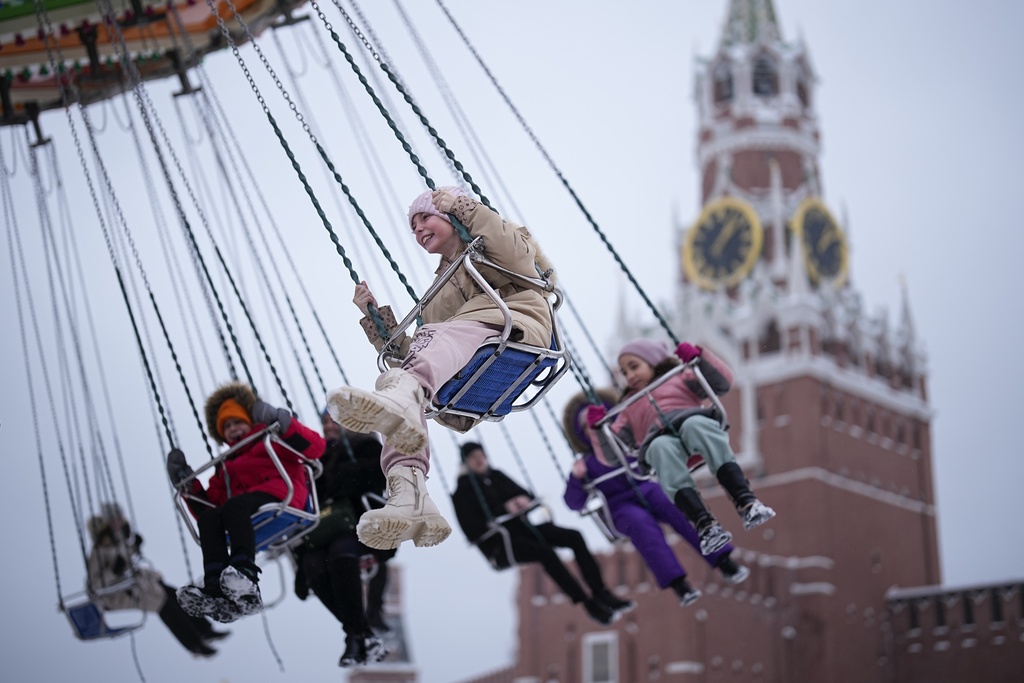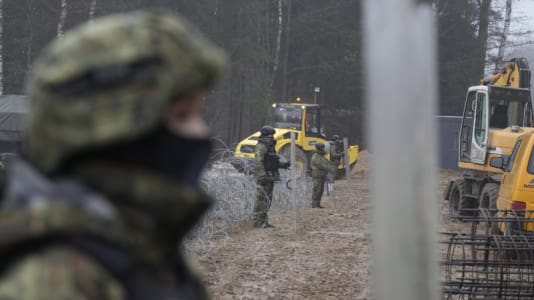Regardless of the war, Russia is a market of 140 million people, GDP per capita at purchasing power parity is growing, and so is the annual household income per capita, which reached $7,873 in December 2022 compared to $6,566 in 2021. Consequently, despite inflation, Russians still have money to buy products.
After Feb. 24, 2022, Western firms had three strategies to choose from, depending on how much they succumbed to pressure and how their operations were affected by the series of sanctions “manufactured” on the assembly line. Of course, those who chose to withdraw typically justified their decision on moral grounds, while those who stayed put forward different explanations.
In fact, there is a lot to cover up, as the Kremlin has mandated that from 2023, foreign companies leaving the country must sell their assets to Russian buyers at a 50 percent discount and will be charged an exit fee of at least 10 percent of the transaction value. In other words, those who did not move quickly would have paid a hefty price last year.
Some of those that remain have imposed various degrees of self-imposed restrictions, such as not expanding their portfolios, canceling planned developments or reducing their presence to a minimum.
However, according to Yale University, more than 200 multinationals are pretending that there is no major war between Ukraine and Russia. These include 15 U.S. companies, 20 German companies, the same number of French companies, 10 Japanese companies, and 5 British companies, not to mention companies from other nations. The most well-known brands are Ariston, Auchan, Braun, Benetton, Calzedonia, Diesel, Globus, Kawasaki, Lacoste, Liebherr, Makita, Mitsubishi, Raiffeisen, Siemens, TEPCO, Tupperware, UniCredit, Yamaha, Zepter.
Philip Morris, PepsiCo, Mars, and Nestlé also made the top 10 in terms of results. Together, they earned almost 1.4 trillion rubles (€15.49 billion). Their managements may be accused of not being sufficiently supportive of the Ukrainians, but money is still money.
Of course, all these Western companies not only generate significant revenues, but also taxes for the Russian treasury. This was also indicated by an article in The Moscow Times last October, which had the pithy headline “Western firms will still dominate the Russian market in 2023.”
In addition, the Russian edition of Forbes reported that of the 50 largest foreign companies, eight are still American. In the latest ranking, the Chinese moved up to second place, overtaking Germany, which now shares third place with France and Turkey, with five companies each.





